Heads up – Massive Sports Tech Holiday Deals List is Live!!! The Garmin Fenix 8 is $250 off (even the Fenix 8 Pro is $100 off!), the Apple Watch Ultra 3 is on sale, the Garmin inReach Mini 2 is $249, the GoPro Hero 13 Black, DJI NEO, and a ton of other brands/deals, including Wahoo, Oura, Whoop, Polar, Samsung, Google, and more than 100 sports tech deals here!
I’m DC RAINMAKER…

I swim, bike and run. Then, I come here and write about my adventures. It’s as simple as that. Most of the time. If you’re new around these parts, here’s the long version of my story.

You'll support the site, and get ad-free DCR! Plus, you'll be more awesome. Click above for all the details. Oh, and you can sign-up for the newsletter here!
Here’s how to save!
Wanna save some cash and support the site? These companies help support the site! With Backcountry.com or Competitive Cyclist with either the coupon code DCRAINMAKER for first time users saving 15% on applicable products.
You can also pick-up tons of gear at REI via these links, which is a long-time supporter as well:Alternatively, for everything else on the planet, simply buy your goods from Amazon via the link below and I get a tiny bit back as an Amazon Associate. No cost to you, easy as pie!
You can use the above link for any Amazon country and it (should) automatically redirect to your local Amazon site.
While I don't partner with many companies, there's a few that I love, and support the site. Full details!

Want to compare the features of each product, down to the nitty-gritty? No problem, the product comparison data is constantly updated with new products and new features added to old products!

Wanna create comparison chart graphs just like I do for GPS, heart rate, power meters and more? No problem, here's the platform I use - you can too!

Think my written reviews are deep? You should check out my videos. I take things to a whole new level of interactive depth!

Smart Trainers Buyers Guide: Looking at a smart trainer this winter? I cover all the units to buy (and avoid) for indoor training. The good, the bad, and the ugly.
-
Check out my weekly podcast - with DesFit, which is packed with both gadget and non-gadget goodness!

Get all your awesome DC Rainmaker gear here!
FAQ’s
I have built an extensive list of my most frequently asked questions. Below are the most popular.
- Do you have a privacy policy posted?
- Why haven’t you yet released a review for XYZ product you mentioned months ago?
- Will you test our product before release?
- Are you willing to review or test beta products?
- Which trainer should I buy?
- Which GPS watch should I buy?
- I’m headed to Paris – what do you recommend for training or sightseeing?
- I’m headed to Washington DC – what do you recommend for training?
- I’m from out of the country and will be visiting the US, what’s the best triathlon shop in city XYZ?
- What kind of camera do you use?
-
5 Easy Steps To The Site
In Depth Product Reviews
You probably stumbled upon here looking for a review of a sports gadget. If you’re trying to decide which unit to buy – check out my in-depth reviews section. Some reviews are over 60 pages long when printed out, with hundreds of photos! I aim to leave no stone unturned.
Read My Sports Gadget Recommendations.
Here’s my most recent GPS watch guide here, and cycling GPS computers here. Plus there are smart trainers here, all in these guides cover almost every category of sports gadgets out there. Looking for the equipment I use day-to-day? I also just put together my complete ‘Gear I Use’ equipment list, from swim to bike to run and everything in between (plus a few extra things). And to compliment that, here’s The Girl’s (my wife’s) list. Enjoy, and thanks for stopping by!
Have some fun in the travel section.
I travel a fair bit, both for work and for fun. Here’s a bunch of random trip reports and daily trip-logs that I’ve put together and posted. I’ve sorted it all by world geography, in an attempt to make it easy to figure out where I’ve been.
My Photography Gear: The Cameras/Drones/Action Cams I Use Daily
The most common question I receive outside of the “what’s the best GPS watch for me” variant, are photography-esq based. So in efforts to combat the amount of emails I need to sort through on a daily basis, I’ve complied this “My Photography Gear” post for your curious minds (including drones & action cams!)! It’s a nice break from the day-to-day sports-tech talk, and I hope you get something out of it!
The Swim/Bike/Run Gear I Use List
Many readers stumble into my website in search of information on the latest and greatest sports tech products. But at the end of the day, you might just be wondering “What does Ray use when not testing new products?”. So here is the most up to date list of products I like and fit the bill for me and my training needs best! DC Rainmaker 2024 swim, bike, run, and general gear list. But wait, are you a female and feel like these things might not apply to you? If that’s the case (but certainly not saying my choices aren’t good for women), and you just want to see a different gear junkies “picks”, check out The Girl’s Gear Guide too.


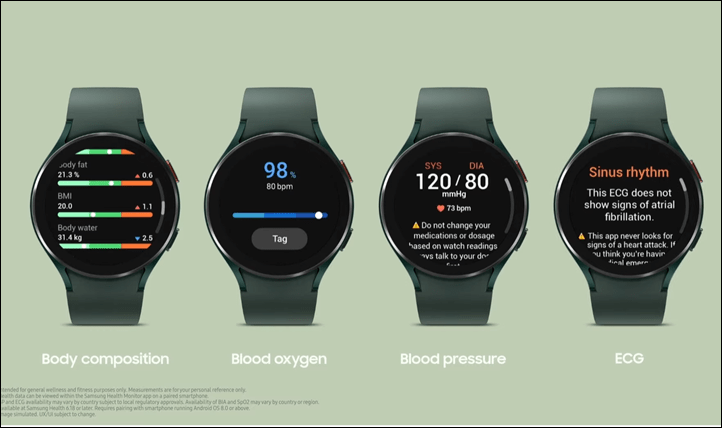
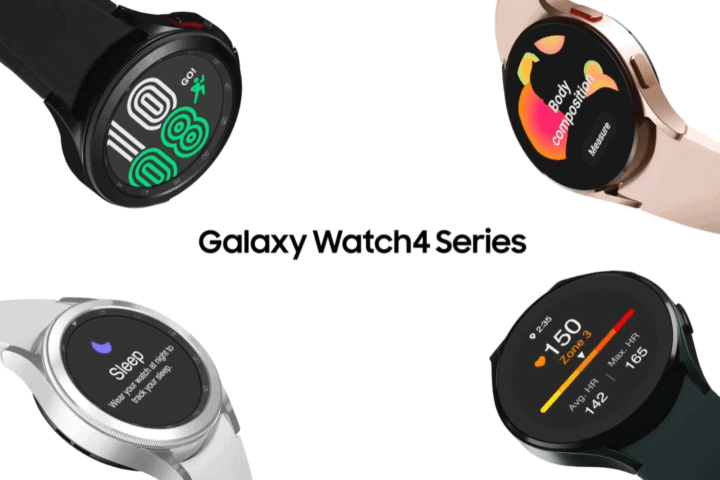
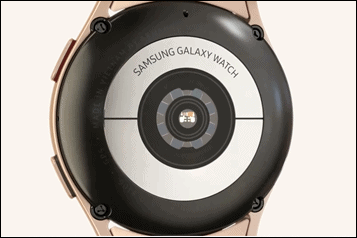
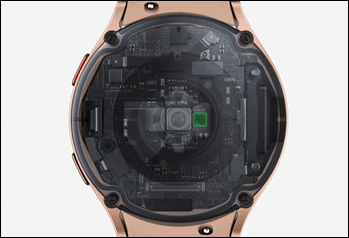

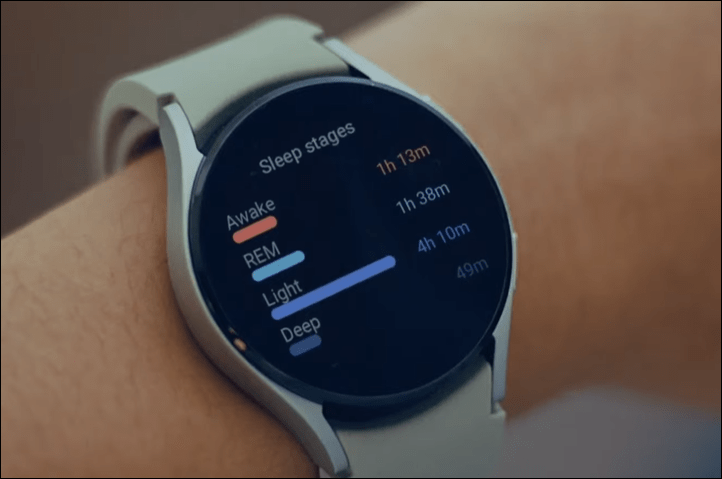
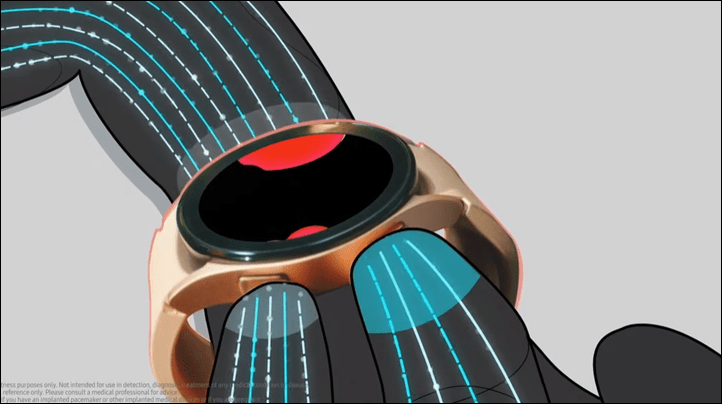
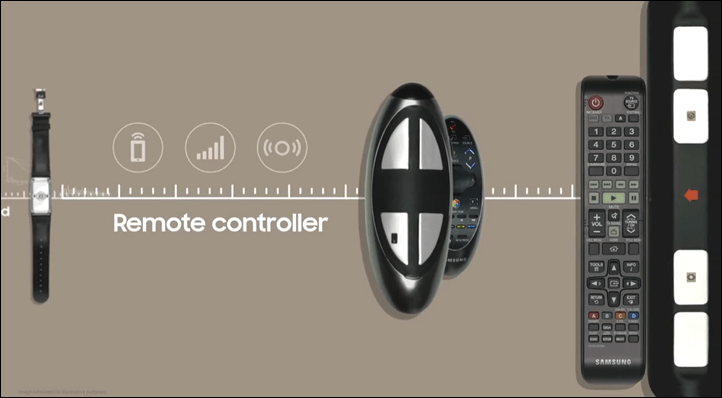

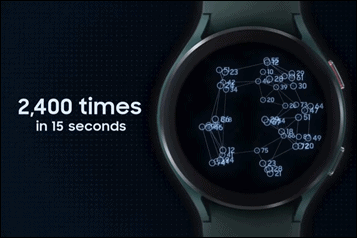
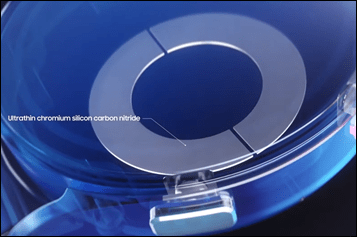
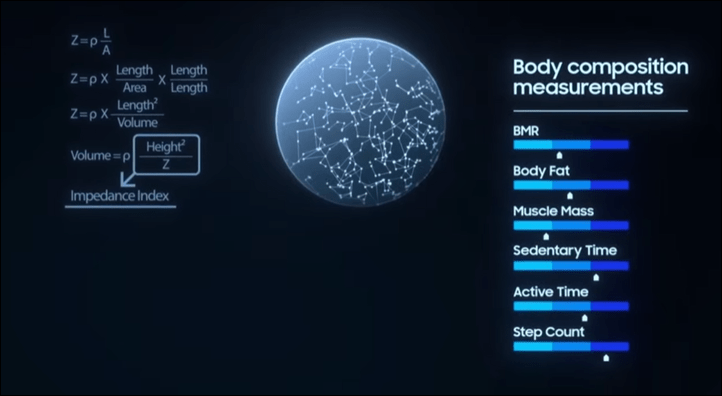
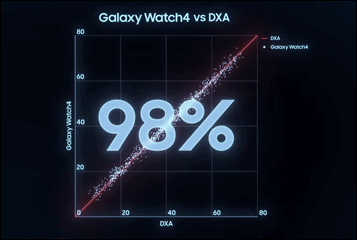


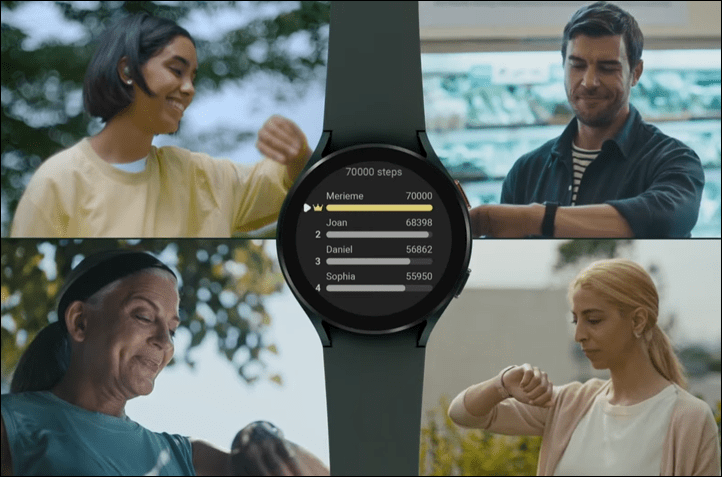
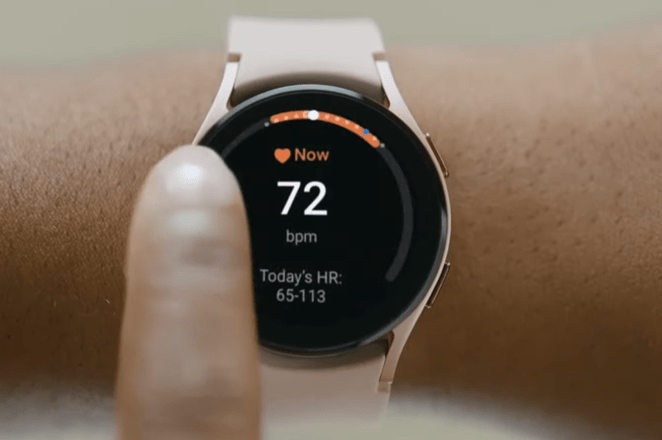





















Blame Canada. No blood pressure or ECG.
“The remainder of the watch seems similar to what we see across the board from watch makers now – more incremental updates than massive shifts.” – mostly agree, but it’s nice to see a 1.4″ screen in a 44mm package with 10mm thickness.
1.4″ screen in Garmin terms is really big, this one (Watch4 44mm) promisess reasonability..
I hope it’s not about how they meassure dimensions..
Everyone knows that the correct way to measure a watch screen is to start the tape measure on the top left side of the screen, then wrap it around your arm twice, up and over the back of you neck, and back down to the bottom right side of the screen.
I am talking about the watch dimensions (44.4 x 43.3 x 9.8 mm [1.75 x 1.70 x 0.39 in] – according to gsmarena.com). How you measure the screen diameter is obvious – as you clarified to everybody..
Looks nice. Not sure I want to deal with shitty battery life though.
Though I see it in the screen captures, no description here of how / how well the watch does blood pressure. This is something that other watches can’t seem to do, and I’m curious how Samsung pulled it off. Any insight?
I have the Active2 and it is fairly accurate, so I assume it will be even better in the one.
Did they mention GNSS accuracy at all? For HRM-wearing fitness freaks, I think it’s a lot more important than how accurate the wrist-based sensor is.
Also, there’s the question of how people can record activities in a way that allows automatic uploading to major platforms. They mentioned Strava access through the Google Play Store, but Strava’s current Wear OS app is extremely basic with very limited data fields and no support for external sensors. There are third-party apps like Ghostracer and Sporty Go!, but they’re nowhere near as polished as iSmoothRun for the Apple Watch. I hope Samsung has thought of this and has a good first-party solution.
Wear OS qualms aside, $329.99 for the Watch4 44 mm LTE sounds pretty good. This is the only proper LTE watch that runs Google’s operating system and which doesn’t have an ancient chipset, after all. Early hands-on videos seem to show a fluid and responsive UI. Every other smartwatch manufacturer commited to the OS will likely have an even more difficult time until they can deliver Wear OS 3 on a Snapdragon Wear 5100 platform. Loyalty could also be spreading thin, but that’s an issue Samsung could be having as well among customers who recently bought a Tizen watch.
Yes, I found Strava, Google Fit and Sporty Go too basic on my Fossil for my running needs. If it won’t accurately show Current Pace and Distance and/or other user selected fields while I run, then automatically upload them to Strava, I’m out. I’ll wait until DCR does a full review.
Typo Tipster —
blood[y] oxygen
process[or] is 20% faster
relay on manufacturers
looks like [for] the Watch4
I can’t overstate how much I hope Polar are all over this (WearOS3) and that they will release product in 2022.
It sounds as though the next-gen chipsets are finally making some tangible improvements. They need to negotiate access to a chipset at least on par with this Watch4 and release e.g. a Vantage V3 using their specialist optical sensors and fitness apps which upload to Flow (they have already done this to a degree with the M600 of course).
At a stroke it will properly solve music, maps and contactless payments sans phone (possibly even ant+ if anyone still cares ;-) ).
Very good point on Polar having shown that they were willing to try Android Wear with their M600. The Casio GSW-H1000 and Suunto 7 also showcased that a brand can maintain its identity and services despite using a common operating system. What we certainly don’t need is more 28 nm A7 Wear 3100 and 12 nm A53 Wear 4100 wearables that can’t fully run Wear OS 3. Timing is crucial.
Note that Snapdragon Wear 5100, which is likely to be the most popular SoC choice, is said to be on the Qualcomm ‘Bengal’ platform, meaning 11 nm Cortex-A73 or A53 cores. Slightly more dated than the 5 nm Cortex-A55 cores in Samsung’s Exynos W920.
Polar wouldn’t have competition just from Samsung, Casio and Suunto in the Wear OS fitness space though. A Pixel watch, with Fitbit expertise baked in, is more likely than ever given Google has shown more confidence in both Wear OS and their hardware division of late. Then again, Polar isn’t small fry.
I’ve been in touch with a riding buddy who works for the Canadian distributor for Polar. I have the M600 and really like it (aside from the weight). I asked when the next wear OS is coming out – answer is not likely…
to be another Android Wear OS polar watch.
I doubt Polar are going to risk getting burnt yet again so soon.
And with the considerably worse battery life *Samsung* are getting with Wear OS 3 (which shows that really not much has changed), I can’t see a much smaller fish like Polar throwing away one of their main selling points (battery life) in order to get on board.
What would they get? Fitness wise, they have pretty all they need done in-house. Smartwatch wise, they’d be competing with the likes of Samsung.
thanks for the post.
hopefully there will be a way to pre set more than one countdown timer…a giant venu flaw
Some typos: “which focuses are areas like this” and “usually we have to relay on”
If you need to charge it every night, how is it going to measure your sleep?
You charge it before going to bed, as you do with Apple Watch. About a 30 minutes on a charger gives enough juice to go through the night and about 90-120 minutes recharge to 100%
The important question for me is whether it will have full functionality without being logged in and sending my personal info to the Matrix A.I. AKA will it work sideloaded at least.
Worth noting that ECG requires a Galaxy phone – according to samsung.com:
“Meet the Samsung BioActive Sensor that measures ECG in real time. You can check and monitor abnormal heart rate and rhythm through ECG and send data straight to a compatible Galaxy phone to be easily shared. 3, 4”
Where 4 is:
“Requires Samsung Galaxy Smartphone with Android 7 or later, and Samsung Health Monitor app (available only at the Samsung Galaxy app store).”
Certainly worth noting; apps like HRV camera (on Android) can give an accurate assessment of heart rhythm disorder (with a Poincare plot for instance) for free. The added value of a watch that still needs a smartphone for an ECG is therefore limited
Despite the switch to Wear OS, it appears the pairing process on non-Samsung phones is still just as painful as when their watches were running Tizen. Also, they quietly dropped support for iOS. Yep, I still prefer Google’s take on Android and Wear OS over Samsung’s.
Since My $400 Venu-2 does (inexplicably) NOT read it’s own Garmin ant+ or bluetooth powermeters.
Will the galaxy watch4 read bluetooth POWER METERS???
(i use Garmin Rally Spd pwr meter pedals)
No, zero chance. At least not with any native Samsung apps. Maybe with 3rd party apps, but we’ll have to see what (if any) Google Play store restrictions there are there for existing apps on these new devices.
In any event, for your Garmin Venu 2, there’s this option: link to dcrainmaker.com
So, not a Garmin Killer / Replacement for triathlon.
Sigh. I want 1 watch that does it all at some point!
So body composition…. Nice. Rather than de facto industry standard sending current up one leg and back the other and estimating based on your lower body, this one goes up one arm and back the other. So basically the question is whether you have fat legs or fat arms? Cool
Big Samsung fan here. It would be nice for the Body Composition stuff to be better than that of my Garmin Index S2. Note that this bar is as low as a bar can be!!
Do we know if the watch will be compatible with external heart rate monitors on the chest or upper arm like my polar verity sense?
Thanks for the post!
Do you have any information about GPS accuracy?
So the rotating bezel is the only difference between the two watches and will set you back an extra 100 dollar? Maybe I’m missing something, but why would you choose the classic model? Maybe just for 46mm model if you like a big watch?
Well traditionally people pays more for certain watches purely base on anesthetics.
Anesthetics? Now I’m interested.
Is the display always on with 40 hour battery life?
Interesting points:
– 40 hour battery life. This should mean the watch should comfortably have enough battery life to measure sleep, even after the battery has degraded after a years usage.
– 5nm processor. Finally the good stuff is making it’s way to smart watches, where it really is needed due to space limitations.
– Snoring tracking + sleep blood oxygen levels combined. Neat way to use another device to improve sleep tracking. Take note other manufacturers.
– Body composition measurement. Impressive accuracy. Take note other manufacturers.
That battery life would stop me from purchasing this, even though it seems like a nice product.
Considering body composition scales – I found my Withings Body+ to give exactly the same results as the device we have at gym (with multiple electrodes and stuff). Obviously the scales only give overall metric whereas gym device gives breakdown by body parts as well, but I wouldn’t call it a crapshot.
I get a feeling that the new Wear OS is close to 100% Google and the Samsung/Tizen part is the ported Samsung-Tizen apps and the promise of a larger user base. For now I will keep my Suunto 7 with it’s very good sports tracking features with maps and navigation, excellent tracking og sleep, heart rate and body resources, Google Pay, Spotify offline music coming any day now and very fast charging.
Not to forget a battery life comparable to the GW4!
I was hoping that it was the other way around, what with the UI being pretty much the one used with Tizen.
But with user reports on real use battery life, it must be Wear OS under the hood. And it sounds like it really hasn’t got any better (scaling Android down like so was never going to be good), as even with a better, more power efficient SoC, Samsung are getting about half the battery life of their last Tizen based watch.
It’s a shame that Google, with their crappy half-arsed OS and lack of eagerness to support it, have won out yet again.
did a word search…does this device work with a chest strap? thx
Are you going to do full in-depth review for Galaxy Watch4?
I’m wondering the same thing.
I’m wondering one thing about the regular watch4. How will it work when wet and is the interface dependent on touch? I hope it will be possible to control workouts using only buttons. If not this is not useful for many workout scenarios. The same goes for when one is using gloves, ie. in the winter here in Sweden.
The classic seems a bit bulky for my preferences even if the physical rotating bezel seems useful when wet or with gloves.
As someone who uses a touchscreen Venu sometimes for swimming, the touch screen when wet issue is just a very minor inconvenience, 90% of the time it works flawlessly.
@martin westerling, I’m wondering the same. i have the venu and i can’t wait to find an alternative for this exact reason…also the no custom workouts and only one countdown timer :)
I’d like to see it tested on actual workouts, running, day-to-day activities. Does the GPS take you to from point A to B and back to A? Does it measure the speed and distance properly? How does it compare with the Garmin and Fitbit sportswatches?
Thanks Ray for the in-depth review. Cant wait to get my hand (and wrist) on one.
Keep the good reviews coming
I cannot get past the poor battery life. My Huawei Watch GT lasts several days and its had constant use since launch. Its got no external app links and a pants HRM but I can live with that. I don’t want to be charging a watch once or even twice a day, what a faff.
hi, when will you do the galaxy watch 4 review?
Within the next week.
👍
Looking forward to this, can’t wait to see your verdict on this watch. I’ve preordered the watch and hope that your review will be done before my watch is shipped. So I know if I should cancel or not. :)
Still no in depth review ? I understand there is lot of new stuf, but the Watch 4 isn’t so bad after all…
The full video in-depth review is here: link to dcrainmaker.com
There ended up being no interest from what I’ve seen in a written review after that. :-/
Hoo boy where do I begin
I REALLY wanted to like this watch. It allowed me to continue to use Samsung Health after they took all the sensors off phones. I like the recently added Google Voice integration. I liked the look and feel of the watch and the available apps. Since 99% of my fitness data is cycling or walking I didn’t thing any of the other sports watches were a good fit.
Battery life: Abysmal. Some days I can get about 18 hours, but other days the watch will drain in 4-5 hours. No rhyme or reason for this — I wore the watch for the entire Triple Bypass Cycling event and was still at 50%, but another time I went to sleep at 85% only to have the watch shut down at 1% sometime in the night.
Notification anomalies: Phantom Voice message notifications appear (LTE version) and cannot be dismissed on watch. Notifications from applications incomplete….some show full message, others just a “you have X new messages.”
Support: Maddening. Sent the watch in for repair the first time and the unit was not checked for the issue stated in the repair order. At Samsung’s direction, I sent the watch in a SECOND time….I just received an E-mail for their repair center saying the watch is being returned unrepaired. No reason given and no one at Samsung seems to know what will happen next.
Ray, if you’re reading this, I am now in the market for a sports watch. Is there an annual review of what’s out there?